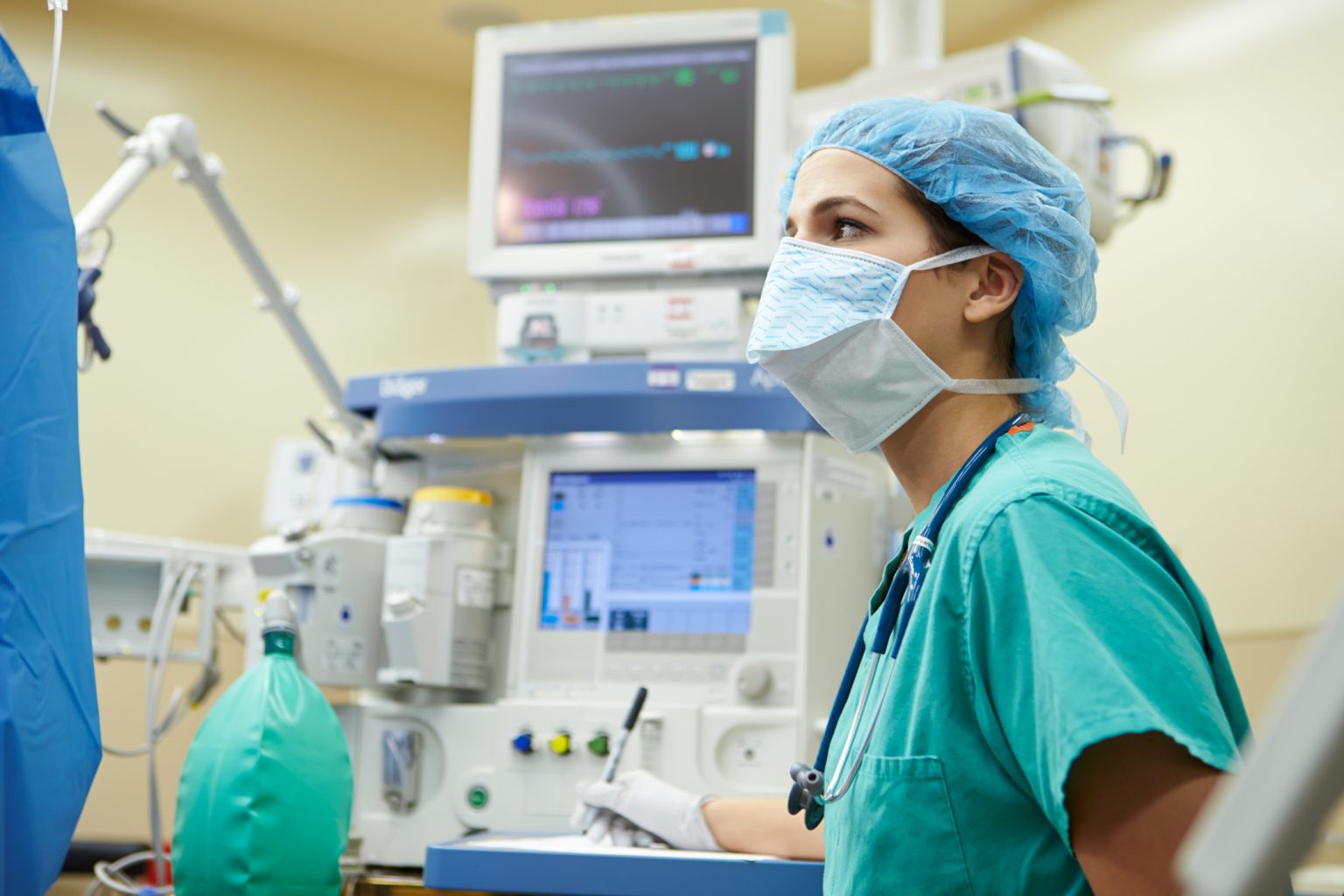prepare for your procedure and know what to expect
Understanding your anesthetic care can seem daunting at first.
CPR Anesthesia, Inc. and our anesthesiology professionals work closely together with your physician and surgeon to make your surgical experience as positive as possible.
**Please note that this information is for educational purposes only. Specific medical care should always be determined with a medical professional.
What is anesthesia?
The goal of anesthesia is to administer medications through various techniques to assure your comfort and safety during a surgical procedure.
Your anesthesiology professional, in consultation with your surgeon and you, will determine the safest type of anesthesia for you.
Types of anesthesia
You will be receiving one of the following types of anesthesia:
- General anesthesia
- IV Sedation anesthesia
- Regional anesthesia
- Local anesthesia
What happens during surgery?
Your anesthesiology professionals never leave you alone during surgery or a procedure requiring anesthesia. If an anesthesiology professional needs to leave the procedure for any reason, another anesthesiology professional will take their place.
There are risks and benefits to every anesthetic technique. Advancements in anesthesia knowledge, monitoring equipment, and medication make the practice of anesthesia much safer today than in the past.
What happens after my surgery?
Your anesthesia provider will transfer your care to a nurse in recovery when you have met the requirements to do so.
Surgical patients going home (outpatient) will work with your recovery nurse and physician to determine any pain medication or prescriptions that you may need to go home with.
Surgical patients being admitted to the hospital (inpatient) may have intravenous pain medications. Please discuss your pain management with your surgical team.




